How to find the transaction count from your legacy system
Implementation, Data Migration, Planning
April 24, 2024
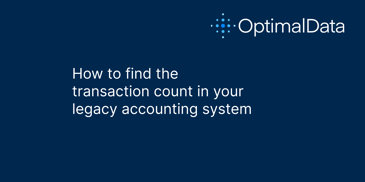
Implementation, Data Migration, Planning
April 24, 2024
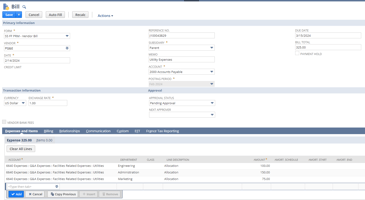
NetSuite, Implementation, Data Migration
February 19, 2024

NetSuite, Implementation, Data Migration
April 29, 2024

NetSuite, Implementation, Data Migration, QuickBooks
February 13, 2024

NetSuite, Implementation, Data Migration
February 15, 2024
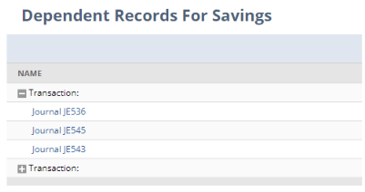
NetSuite, Implementation, Data Migration
February 12, 2024
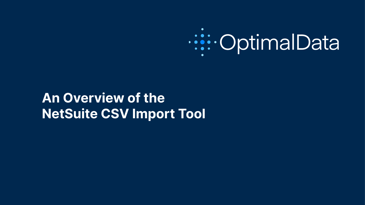
Implementation, Data Migration, CSV Uploads
February 12, 2024

NetSuite, Implementation, Data Migration, Planning, Accounts Receivable
February 6, 2024

NetSuite, Implementation, Data Migration, Planning
January 9, 2024
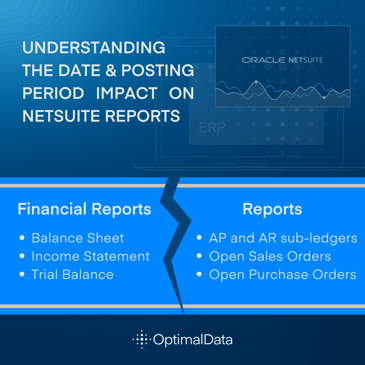
Financial Reporting, NetSuite, Reporting
March 19, 2024

Implementation, CSV Uploads, GL Accounts
January 10, 2024

NetSuite, Data Migration, CSV Uploads
January 10, 2024

NetSuite, Implementation, Data Migration, Planning
April 27, 2024

NetSuite, Data Migration, CSV Uploads
February 15, 2024

Technology, Procurement, Biotech Industry
May 8, 2023